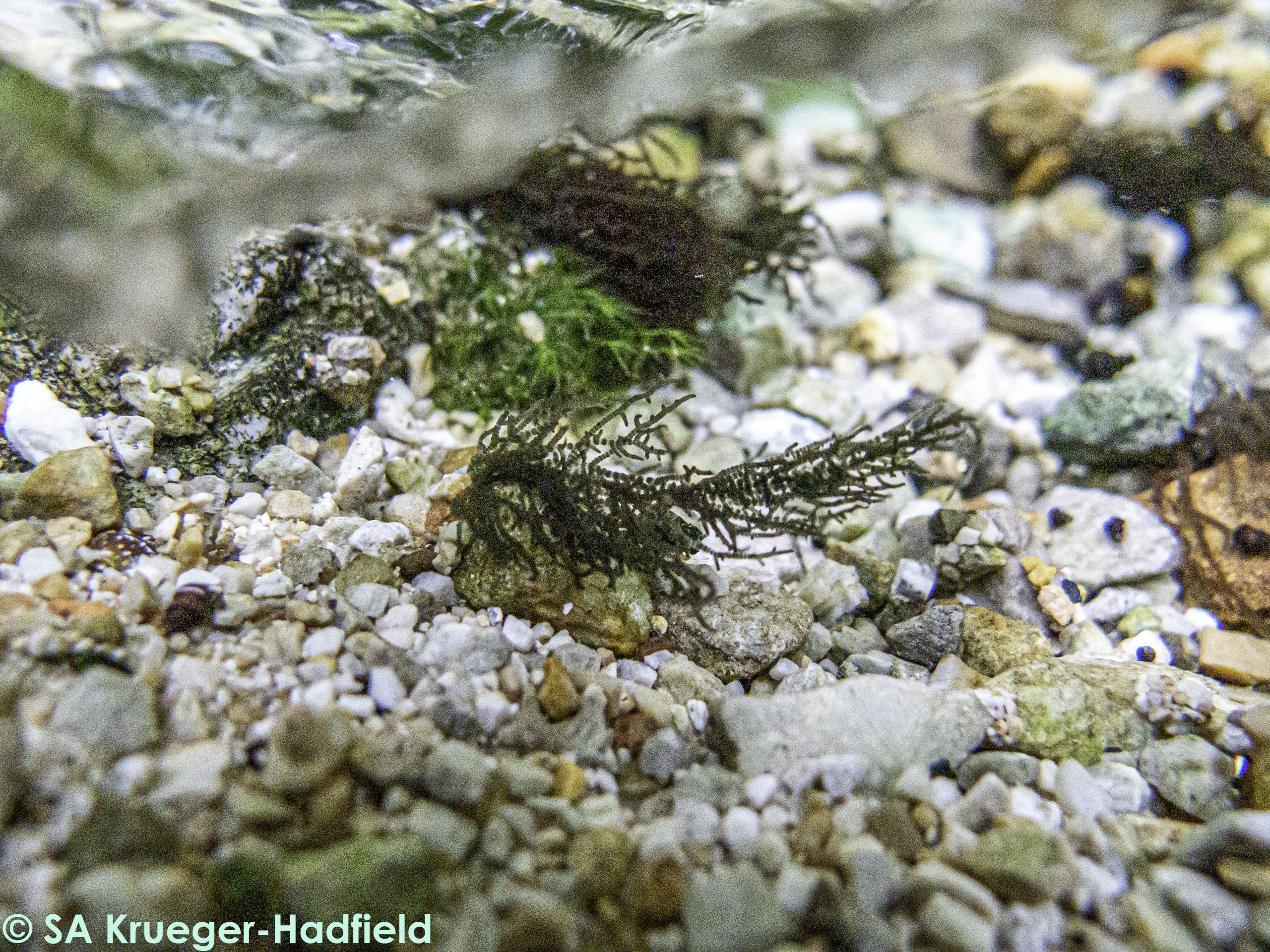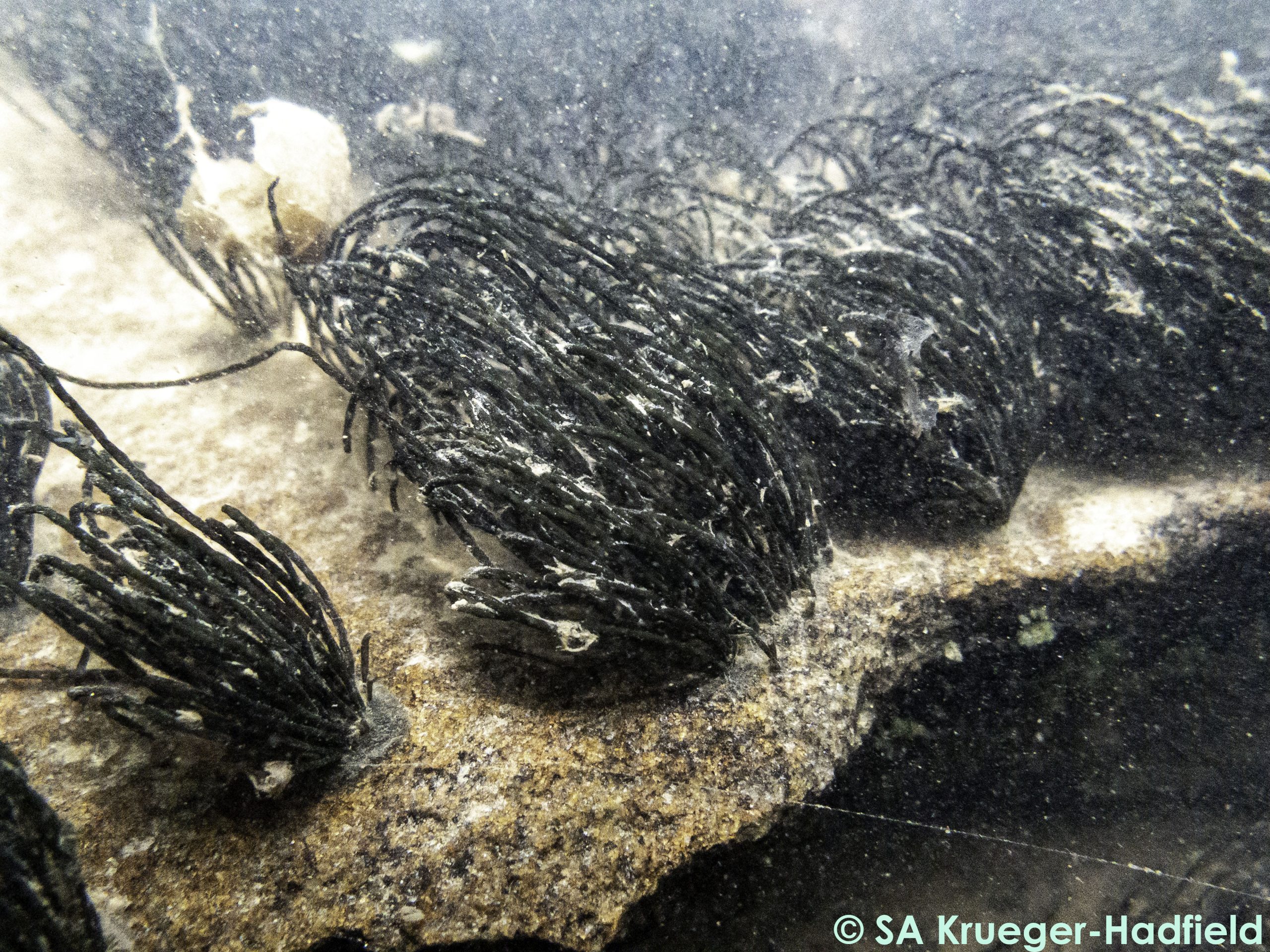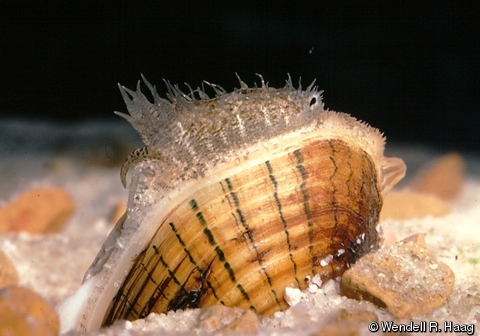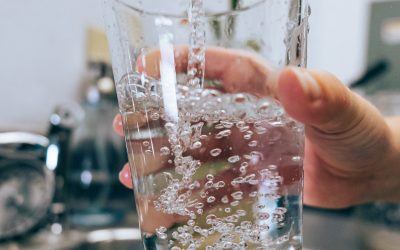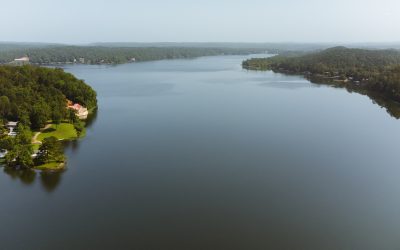We have a Citizen Science opportunity to share on behalf of a partner lab at UAB. The project is studying algae that is a bio-indicator of healthy water quality. Seems like a great chance to get out and help identify streams to sample, or even learn to sample yourself. Please see the below info to learn more!
Alabama’s freshwater ecosystems are incredibly biodiverse. However, much of our
biodiversity remains enigmatic. We know very little about algal biodiversity in Alabama, and we specifically lack critical information about freshwater red macroalgae. These algae are rarely truly red in color. They provide food and habitat for macroinvertebrates. They are typically found in areas with good water quality, so they may be useful bioindicators. However, they are not currently used as bioindicators in the U.S., largely because we know little about their biodiversity, abundance, and distribution. To better understand the ecological role and potential usefulness of these algae as bioindicators, we first need to figure out where to find them!
Citizen scientists can play a crucial role in expanding our monitoring range of these
algae by visiting more streams than our lab is capable of sampling alone.
There are two ways to participate:
1. Submit photographs of streams! Photographs help us to identify which streams are accessible to sample and have good habitat for freshwater reds. Submit photographs and stream site information using this Google form. When you are at the stream, please also note the GPS coordinates (you can use an app such as Google Maps) and/or a description of the stream’s location.
2. Collect microscopic algal samples! To learn how, watch the video found at this link.
We collect samples by scrubbing the biofilm from rocks found in streams, so you do not need to be able to identify algae by eye to collect it. Contact us (email addresses
below) if you would like to request free sampling and shipping supplies – we will either set up a time for you to pick them up at UAB, or we can send them to you.
For more information, visit our webpage here or send an email to Sarah Connelly at
[email protected]u or Dr. Krueger-Hadfield at [email protected].



